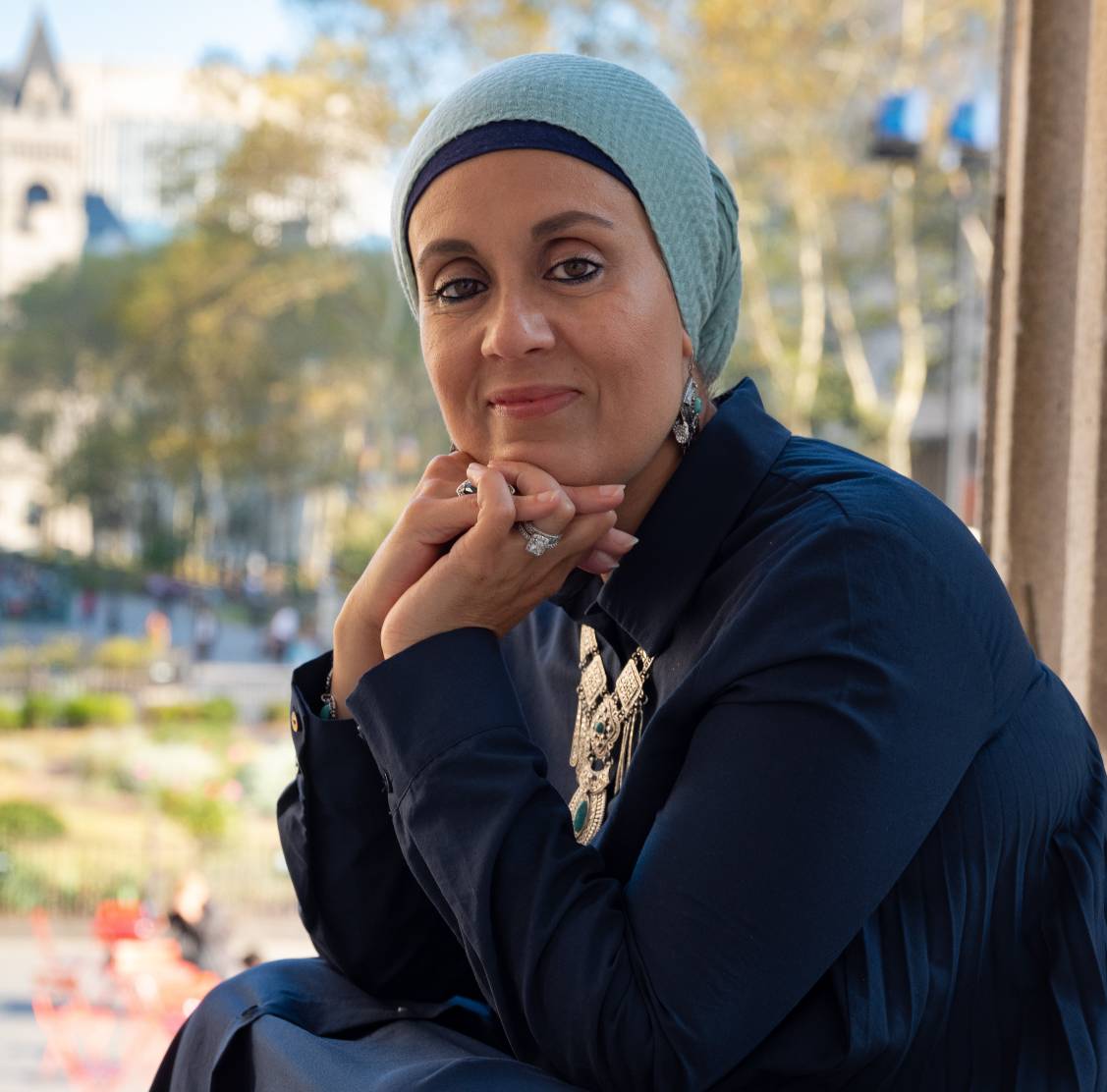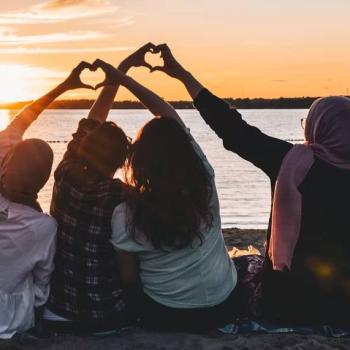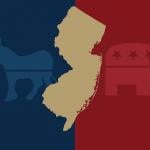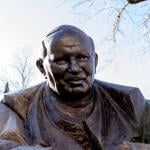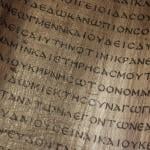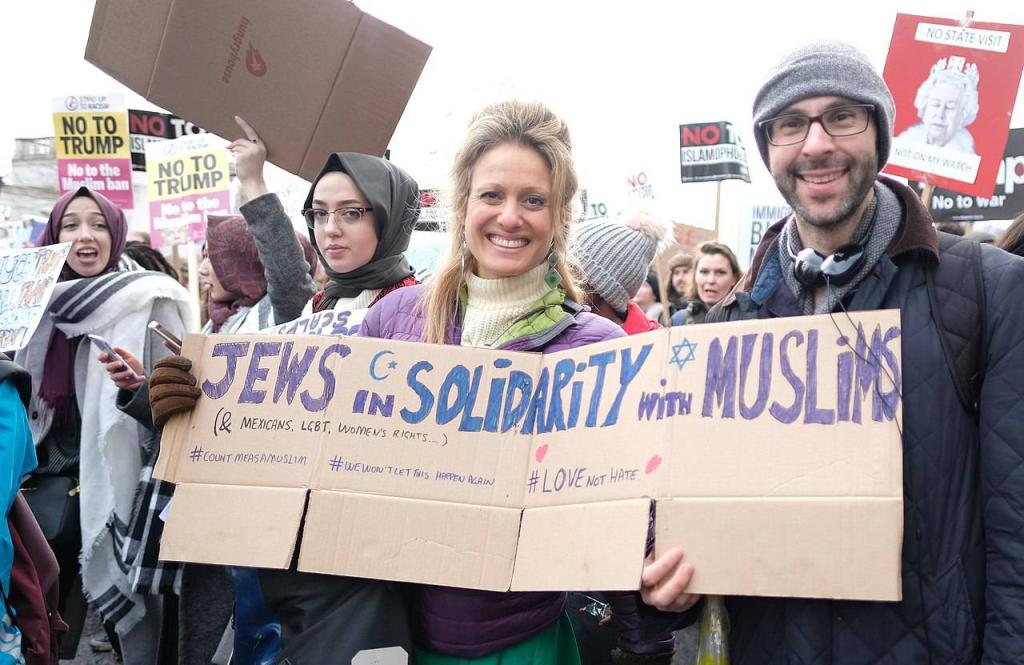
Faith and Inclusion After DEI: Media’s Role in Religious Representation
In recent years, Diversity, Equity, and Inclusion (DEI) initiatives have served as a beacon of hope for marginalized communities, providing platforms for underrepresented voices to be heard and fostering environments of equity and belonging. Among those who benefited from these efforts were religious communities, particularly those facing discrimination and misrepresentation in media and public life. However, with the growing pushback against DEI programs and the dismantling of such initiatives by major corporations and government institutions, faith-based communities are now at risk of being sidelined once again.
Faith is deeply embedded in human identity and plays a vital role in shaping cultural values, ethics, and community ties. Yet, religion has often been treated as an afterthought within DEI frameworks, which have primarily focused on race, gender, and sexual orientation. As DEI initiatives face increasing criticism and are scaled back across industries, the absence of dedicated structures to protect religious representation raises pressing questions: Will this regression lead to reduced religious visibility, or can faith communities leverage this moment to forge new pathways toward inclusion?
The Role of DEI in Advancing Religious Representation
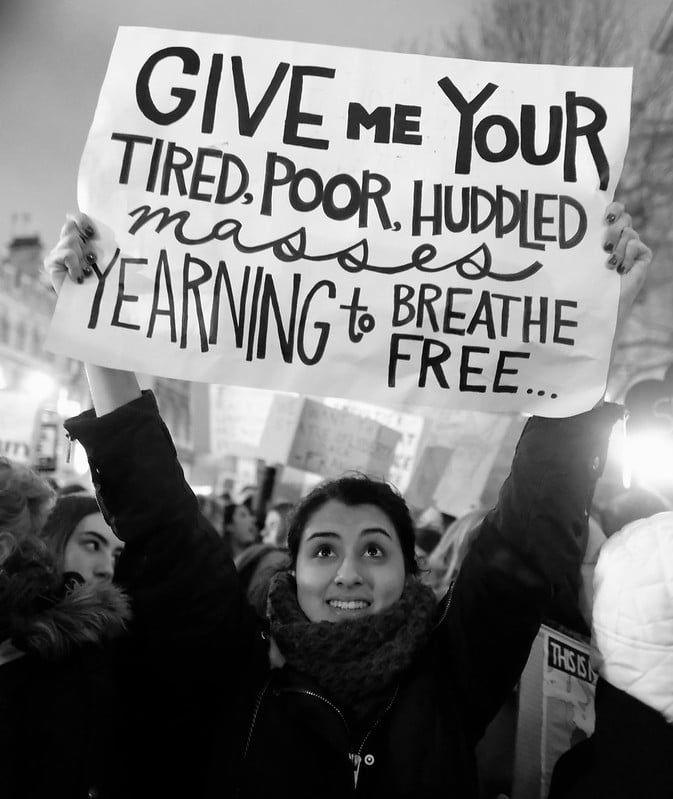
DEI initiatives played a critical role in fostering religious inclusion by challenging stereotypes, promoting interfaith dialogue, and advocating for religious accommodations in workplaces and public spaces. In media, these programs pushed for more accurate and diverse portrayals of faith communities, helping to dismantle harmful narratives and combat religious intolerance.
In the corporate world, DEI efforts led to practical changes, such as providing prayer rooms, accommodating religious attire, and allowing flexibility for religious observances. These advancements not only empowered religious employees to express their faith without fear of discrimination but also fostered a culture of respect and understanding within organizations.
Moreover, DEI initiatives created spaces for interfaith dialogue, enabling collaboration between faith-based organizations and social justice movements. This collaboration helped bridge cultural divides and build solidarity among communities that have historically been marginalized.
The Impact of the DEI Rollback on Religious Communities
The dismantling of DEI programs, as seen in government agencies and companies like Target, Walmart and Disney, has sparked concerns about the future of religious inclusion. Without the structural support that DEI frameworks provide, religious minorities—particularly Muslims, Sikhs, Jews, and other marginalized faith groups—face the risk of increased discrimination, exclusion, and invisibility.
In the media landscape, the absence of DEI accountability mechanisms raises the likelihood of misrepresentation or biased coverage of religious communities. Negative stereotypes, misinformation, and sensationalized narratives can easily resurface without proper checks in place. This is especially concerning in an era of rising Islamophobia, antisemitism, and religious intolerance worldwide.
Seizing the Opportunity: Faith Communities Leading the Way
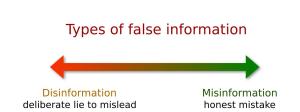
While the decline of formal DEI structures poses challenges, it also presents an opportunity for faith communities to take the lead in shaping narratives and advocating for inclusion. Faith leaders, community organizers, and media professionals must step forward to fill the void left by scrapped DEI initiatives and create alternative pathways for religious representation.
- Strengthening Interfaith Coalitions: By building alliances across religious and cultural lines, faith communities can amplify their collective voice and advocate for policies that protect religious freedom and diversity.
- Engaging with Independent Media Platforms: Faith-based organizations can partner with independent media outlets that prioritize ethical storytelling and diverse representation. This allows faith communities to tell their own stories authentically and challenge mainstream media biases.
- Educating Media Professionals: Journalists and content creators should be equipped with cultural competency training to understand the nuances of different faith traditions and avoid perpetuating stereotypes. Media organizations must also commit to fair and balanced reporting on religious issues.
- Advocating for Policy Changes: Religious leaders can work with policymakers to implement legal protections against faith-based discrimination in workplaces and public institutions. This includes advocating for religious accommodations and promoting inclusive hiring practices.
- Take to Social Media: Social media has leveled the playing field, allowing individuals and communities to become their own broadcasters, storytellers, and activists. In an era where traditional media outlets may not always prioritize religious diversity, faith communities can take control of their narratives through platforms like Instagram, TikTok, YouTube, and X (formerly Twitter).
- Amplifying Voices: Religious leaders, scholars, and everyday believers can share personal stories, faith-based insights, and community initiatives, ensuring that diverse perspectives are heard beyond the confines of mainstream media.
- Combating Misinformation: Social media provides an immediate and accessible way to counter harmful narratives, debunk religious stereotypes, and correct misinformation that may arise in news coverage or public discourse.
- Mobilizing for Change: Platforms like Facebook and WhatsApp have been instrumental in organizing faith-based social justice movements, humanitarian efforts, and community outreach. Faith communities can leverage these tools to advocate for policy change, raise awareness about religious discrimination, and build solidarity across different groups.
- Engaging the Next Generation: Younger generations consume most of their content online, making social media an essential tool for educating and engaging them in discussions about faith, identity, and inclusion. By utilizing visually engaging and interactive content, religious communities can ensure that their values and traditions remain relevant in a rapidly evolving digital landscape.
By harnessing the power of social media, faith communities can not only maintain visibility but also shape the broader cultural and political discourse on religious inclusion. In a post-DEI era, where institutional support is declining, digital platforms offer a democratized space where faith voices can remain strong, independent, and influential.
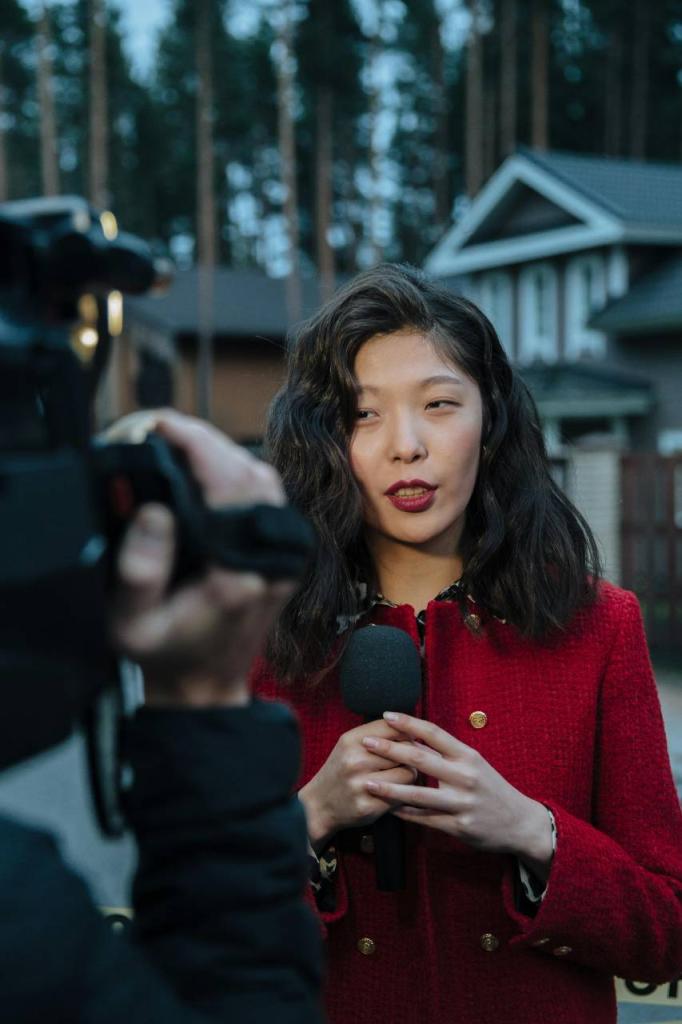
The Media’s Responsibility in a Post-DEI Landscape
The media holds immense power in shaping public perception and influencing social attitudes. In the absence of DEI-driven accountability, media professionals must take on the responsibility of ensuring accurate and respectful representation of faith communities.
- Elevating Diverse Religious Voices: Media outlets should actively seek out stories from underrepresented faith communities and provide platforms for religious leaders and advocates to share their experiences and perspectives.
- Combating Misinformation and Stereotypes: Fact-checking and responsible reporting are essential to counter false narratives that fuel religious discrimination and hatred.
- Highlighting Faith-Based Contributions to Society: Stories that showcase the positive impact of faith communities—such as social justice work, humanitarian aid, and community service—can help shift public perception and build bridges between diverse groups.
A New Era of Inclusion: Rooted in Faith and Unity
While the rollback of DEI frameworks presents significant challenges, it also serves as a call to action for faith communities to lead the charge in promoting inclusion and justice. True diversity cannot be confined to corporate policies or government mandates; it must be rooted in genuine human connection and empathy.
By fostering interfaith dialogue, partnering with ethical media platforms, and advocating for policies that protect religious freedom, we can create spaces where faith is not merely tolerated but celebrated. In doing so, we not only protect the rights and dignity of religious communities but also strengthen the fabric of a diverse and inclusive society.
In this critical moment, faith leaders, media professionals, and community advocates must rise together to ensure that religious identity remains a vital part of the broader conversation on fairness, accountability, inclusion, and respect.


